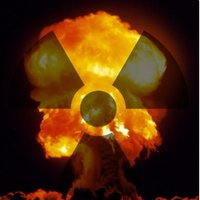
NUKES
@atomicarchive
My name is Alexander and this is my nuclear themed blog. Here I share interesting and rare materials.
ID: 1038029969027424257
https://m.youtube.com/@atomicarchive 07-09-2018 11:43:25
1,1K Tweet
41,41K Followers
13 Following





















@atomicarchive
My name is Alexander and this is my nuclear themed blog. Here I share interesting and rare materials.
ID: 1038029969027424257
https://m.youtube.com/@atomicarchive 07-09-2018 11:43:25
1,1K Tweet
41,41K Followers
13 Following



















